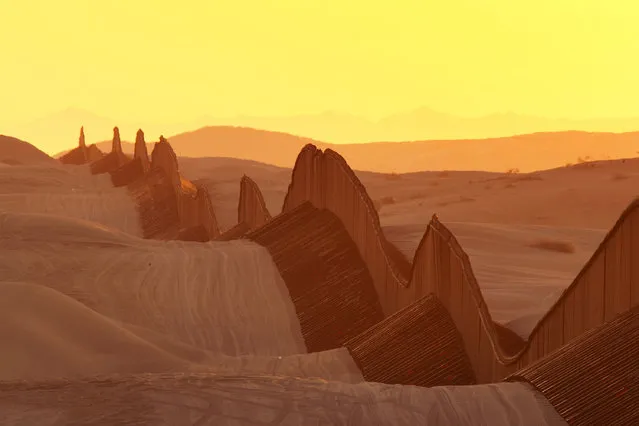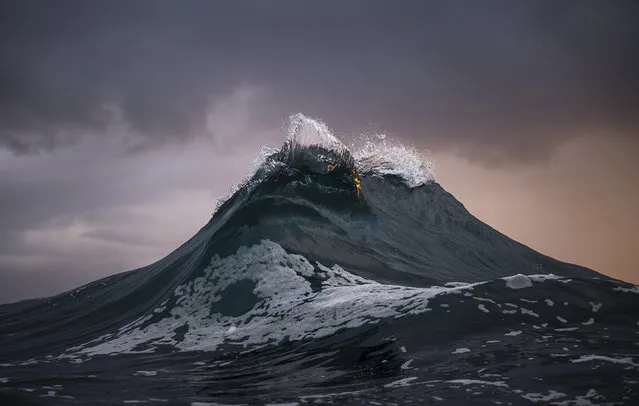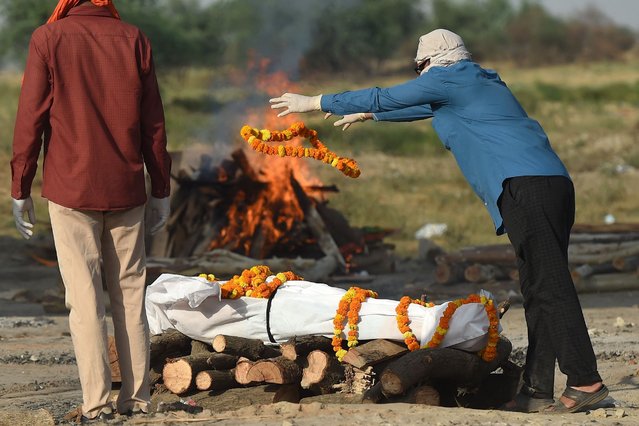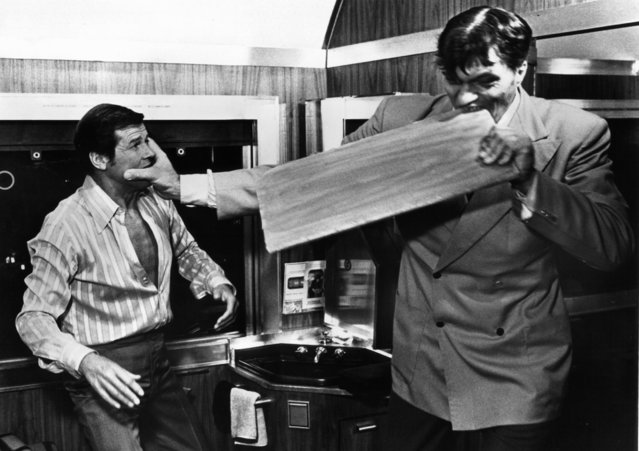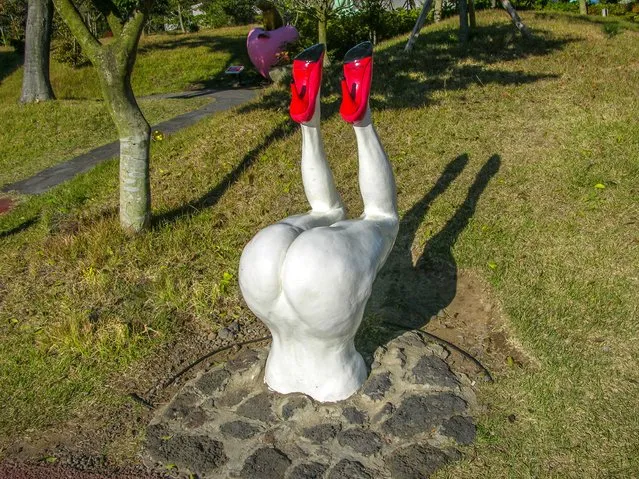
A statue is seen at the theme park “Love Land” on October 19, 2011 in Jeju, South Korea. Love Land is an outdoor sеx-themed sculpture park which opened in 2004 on Jeju Island. The park runs sеx education films and features 140 sculptures representing humans in various sеxual positions. It also has other elements such as large phallus statues, stone labia, and hands-on exhibits such as a “masturbation-cycle”. (Photo by James Jiao/Rex Features/Shutterstock)


